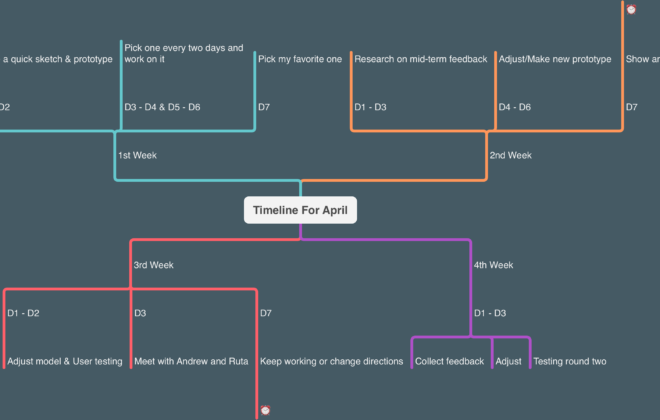Academic paper
Understanding the Causes of Aggressive Driving Through Behavioral Theories
According to the Philippine Statistics Authority’s report entitled “Transportation,” there was a total of 6,672,422 registered motor vehicles in the Philippines, encompassing the various types, namely private-owned cars, jeepneys, busses, trucks, trailers, motorcycles, tricycles, and sports utility vehicles (2013). People are dependent on vehicles to move around the metro.
However, even as impactful roads and motorized vehicles are to Philippine society, it still is prone to a lack of development and regulation. Many factors contribute to the traffic that is notorious for moving slowly, but a more prevalent issue is the way drivers drive in the scape of things. Ranked as one of the worst cities to drive in (Waze, 2016), Manila has seen many succumb to aggressive driving and road rage.
By understanding its causes, the research could provide insight as to how to mitigate, or minimize the prevalent issue, especially since Filipinos have grown dependent on the specific mode of transportation.
Application
The behavioral understanding of the relationship between heredity and environmental factors plays a big role in understanding the prevalence of the issue, which is the presence of road rage, or aggressive driving, in the Philippines. The relationship is also more commonly known as “Nature versus Nurture,” and tackles the fact that behaviors involving interactions, personality, and growth (both physical and intellectual), can be manifestation of one’s inherent characteristics, or a result of environmental influence.
According to the Philippine Statistics Authority’s report entitled “Transportation,” there was a total of 6,672,422 registered motor vehicles in the Philippines, encompassing the various types, namely private-owned cars, jeepneys, busses, trucks, trailers, motorcycles, tricycles, and sports utility vehicles (2013). People are dependent on vehicles to move around the metro.
However, even as impactful roads and motorized vehicles are to Philippine society, it still is prone to a lack of development and regulation. Many factors contribute to the traffic that is notorious for moving slowly, but a more prevalent issue is the way drivers drive in the scape of things. Ranked as one of the worst cities to drive in (Waze, 2016), Manila has seen many succumb to aggressive driving and road rage.
By understanding its causes, the research could provide insight as to how to mitigate, or minimize the prevalent issue, especially since Filipinos have grown dependent on the specific mode of transportation.
Application
The behavioral understanding of the relationship between heredity and environmental factors plays a big role in understanding the prevalence of the issue, which is the presence of road rage, or aggressive driving, in the Philippines. The relationship is also more commonly known as “Nature versus Nurture,” and tackles the fact that behaviors involving interactions, personality, and growth (both physical and intellectual), can be manifestation of one’s inherent characteristics, or a result of environmental influence.
My response
From my understanding, this paper tells about the impact that people’s aggressive driving behavior may have on traffic and lives. The article proposes that this radical behavior may be caused by a combination of innate character factors and environmental factors (traffic jams) at the time. In my opinion, safe driving or aggressive driving is the result of the driver’s consciousness and willingness. If his consciousness tells him that he needs to accelerate out of this traffic jam now, then he will slam on the gas pedal. On the contrary, if he does not have the willingness to drive aggressively, more serious traffic jams will not make him lose his mind. We can think of “safe driving” or “radical driving” as a realistic manifestation of subjective will. The reasons for the different wishes may be diverse, such as the road congestion at the time, or the family’s instructions in the driver’s mind… Therefore, I believe that the driver’s awareness should be guided before driving the car. It is the most direct way to produce positive results. For this method, the usual safety education is not as good as the family’s expectations.
Related Posts
Leave a Reply Cancel reply
You must be logged in to post a comment.
Kat Sullivan
Adam Colestock
Helen (Chenuan) Wu
Christina Lan
Dorian Janezic
George Faya
Julia Myers
Kelsie Smith
Michael Morran
Po-Wen Shih
Liu Siyan
Fisher Yu
—
Craig Protzel
Christopher Wray
Haoqi Xia
Hayden Carey
Katherine Nicoleta Helén
Maria Maciak
Parisa Shemshaki
Sakar Pudasaini
Skyler Pierce
Steven Doughty
Yiqi Wang
—
Andrew Lazarow
Benoit Belsot
Enrique García Alcalá
Hongyi Zhang
Jay Mollica
Li Shu
Teddy (Jian) Guo
Monika Lin
Wenye Xie
Yiru Lu

